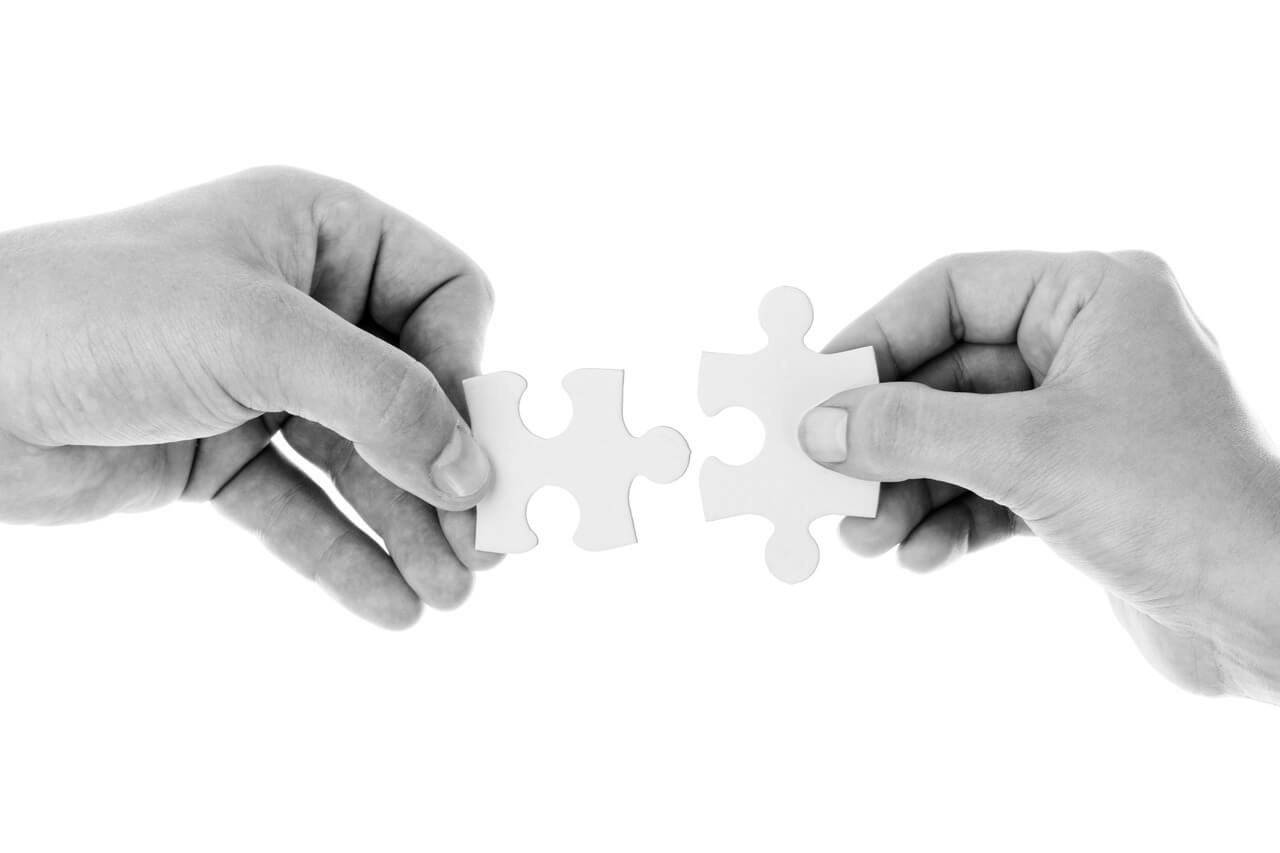Different CMS platforms have very different interfaces, databases, and features. All content management systems help you organize content and build for the web. The best platforms also help you manage content more easily and provide you with a software interface that enables more seamless collaboration.
It provides a home for all your content
Your CMS stores and organizes your digital content. Websites use a huge amount of text, data, and media files, including graphics, photos, videos, and audio. Your content needs to be organized, so you can use it to populate your site design.
CMS content collections are databases that automatically organize your content types, so they can easily be inserted into your website. You might have collections for blog posts, authors, projects, or clients. Ecommerce sites might have collections for individual products or product types. A CMS also provides indexing, which allows you to label files (with names, dates, file types, etc.), so you can search for them.
At its most powerful, a CMS can be a central storage place for huge quantities of web content (for example, product information and images for a large eCommerce site). Content can be used across multiple websites and mobile apps.
It simplifies how teams build web content
One of the biggest proof points of using a CMS is the time and energy it saves. A CMS allows you to standardize and manage templated pages in one place, which removes the need to build and maintain individual pages. As a result, teams using a CMS to manage content on their website can build for the web faster and more easily. And visual-first systems make it possible for even non-technical users to design for the web, reducing the reliance on developers and saving on labour costs.
The user interface functions differently for every CMS. Some are based on themes, templates, or plug-ins. You may change settings and enter content into forms to customize the appearance of your website. Other platforms use a drag-and-drop page builder that is a simplistic design interface. Reusable elements help you build repetitive pages faster and make sweeping changes to your design without changing each individual page. Repeatable elements are useful for marketers adding specific landing pages or bloggers publishing posts regularly.
It allows you to set user roles and permissions
A CMS is also helpful when multiple team members need to participate in building and maintaining a website. Many CMS platforms allow for multiple workspaces or different types of logins – such as editor, author, or administrator – that have specific permissions. Permissions let you introduce collaborators to your website building process while keeping them from seeing sensitive information or risking them inadvertently corrupting your design.
Logins with limited permissions allow copywriters to directly change the text on the website, rather than waiting for developers. Clients can have a login that allows them to upload new assets directly to the CMS for developers and designers to use. When multiple designers are working on a project, some CMS platforms will have ways of letting them hand over control of the project without interfering with each other’s work.

